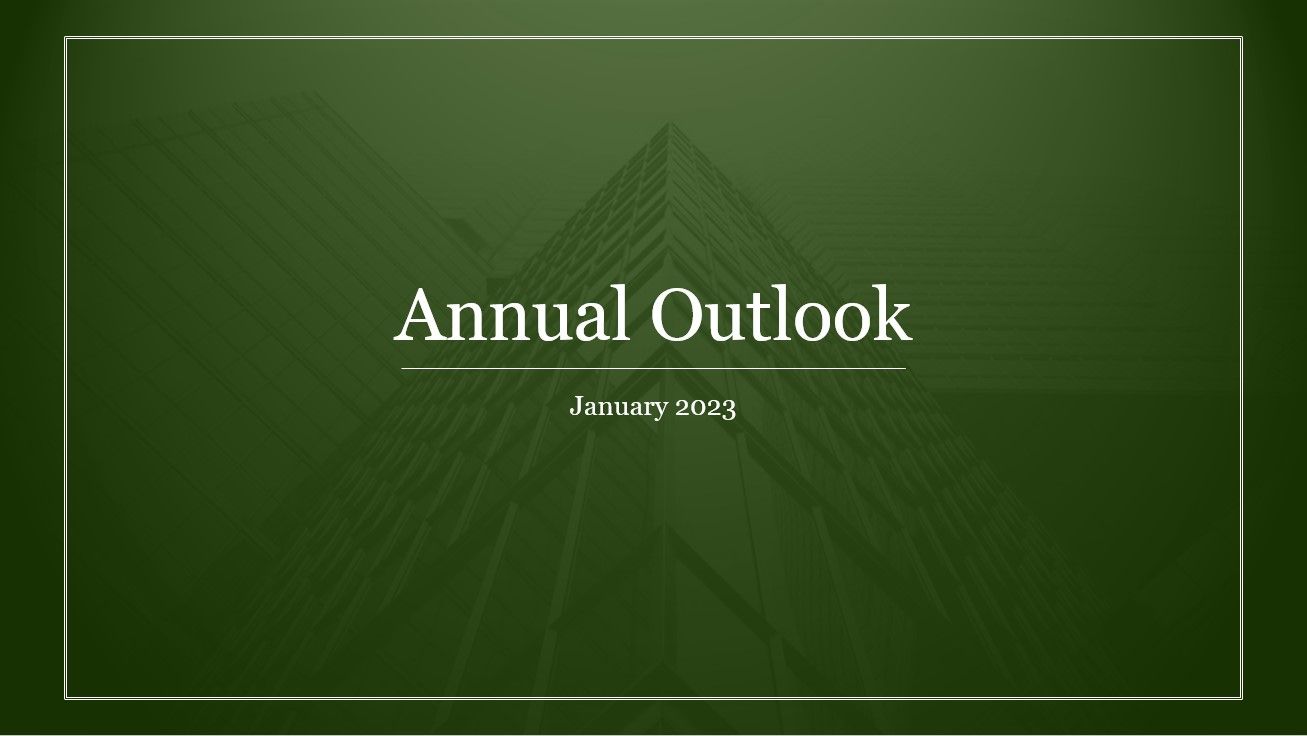2023 Annual Market Outlook
Since the Global Financial Crisis, we have seen the Federal Reserve play an increasingly powerful role in asset markets and the global economy. In 2008, the Federal Reserve’s balance sheet stood at $890B. Since then, through successive rounds of stimulus and quantitative easing, the balance sheet has grown to almost $9T. That is right, trillion with a T. In the face of a deflationary backdrop, the Federal Reserve chose to print money whenever there was the slightest hiccup in the economic cycle or drop in asset prices.
The US Federal Reserve was not alone in this effort to create asset price reflation. The European Central Bank, Bank of Japan, Bank of England, and other global central banks joined in on the fun. In the event of the global manufacturing recession that stretched from 2015 through 2016, central banks even went so far as to introduce negative interest rates. They didn’t stop there as corporate debt and stocks were bought shortly thereafter. The experiment was working. “No more recessions forever” was the mantra as stimulus had ultimately created an economic machine of wealth creation. Sure, the wealth creation was primarily for the already wealthy asset owners. Don’t worry, as soon as the riots started, fiscal stimulus would be ushered in to pacify the other 99%. The machine was perfect, so they thought.

